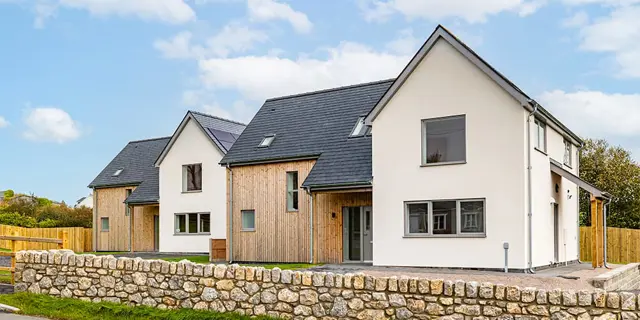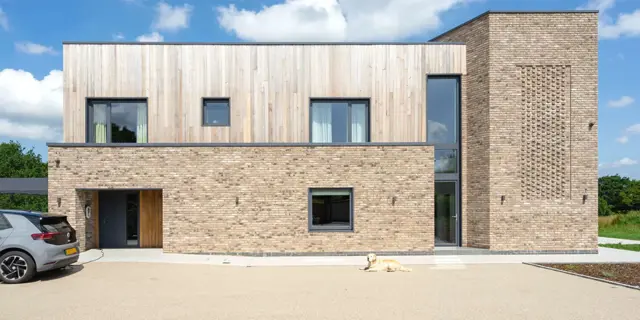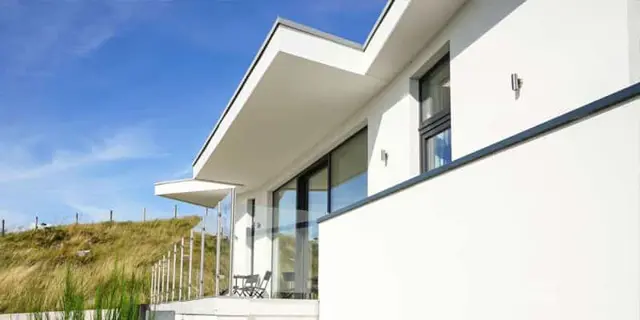Reducing the cost of building a PassivHaus
With the ever increase cost of home ownership many of us are looking for ways to reduce our bills. Its no surprise that when considering building a new home we look to see what can be done to reduce the bills required to run it. One technology stands out above all others and that is to build a PassivHaus. A PassivHaus has a low energy demand and therefore ensures the lowest bills possible. The downside is the build cost, the increased materials and labour required will increase the overall build cost. We take a look at some of the possible ways in which you can keep costs down.

-
Site Selection: Orientation of your home can allow for maximum solar gain. Ensure you site has ample sunlight exposure and the house can be positioned to make maximum use of the Solar Gain to help keep heating bills down to a minimum.
-
Compact Footprint: Build only what is necessary, if you are looking to reduce your bills ensure your home is adequate but not oversized. Keeping your home smaller will make the build cost lower and also make achieving PassivHaus standard easier.
-
Cost-Effective Materials: Research material options to identify where money can be saved, often doubling up on cheaper insulation can be a cheaper option whilst achieving the same result as more expensive alternative. More over choosing building materials with large thermal mass can help to contain heat within the building further adding to the efficiency of the building.
-
DIY and Sweat Equity: Consider taking on some of the construction tasks yourself, especially if you have relevant skills. Involving friends and family in a DIY approach or leveraging sweat equity can significantly cut down on labour costs.
-
Windows and Doors: Investing in high quality, highly energy efficient window and doors can, in the long run will help to reduce the buildings overall thermal value and ensure heat is kept within the building.
-
Proper Insulation: Insulation is the key to improving the thermal performance of a building and achieving Passivhaus status. Research the options available at the time and choose wisely once installed it is very difficult to change and will have a long lasting affect on the build.
-
Landscaping: Positioning of trees and shrubs can provide shade in the summer and allow sunlight during the winter, naturally regulating the temperature inside the house.
-
Government Incentives: Contact your local government to see if there any grants or incentives available to help you with the cost of building a more energy efficient home.
-
Energy-Efficient Appliances and Fixtures: When choosing appliances and electrical fittings for your new home be sure to be selective and choose the options that offer the latest is low energy usage. LED lighting and heat pump tumble dryers are some of the options to help reduce your overall bills.

Conclusion:
Building a Passive House on a budget is challenging but not impossible. With strategic planning, smart design choices, and a commitment to sustainable living, you can achieve an energy-efficient home without breaking the bank. By implementing these cost-cutting measures, you not only contribute to a greener future but also demonstrate that eco-friendly living can be accessible to a broader audience.


